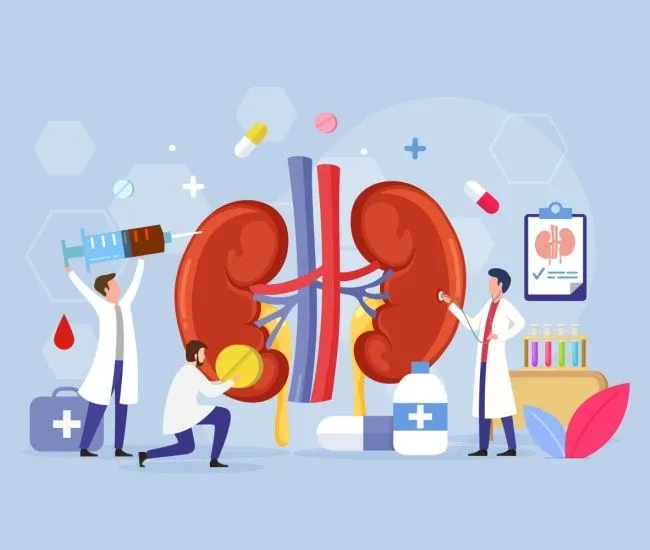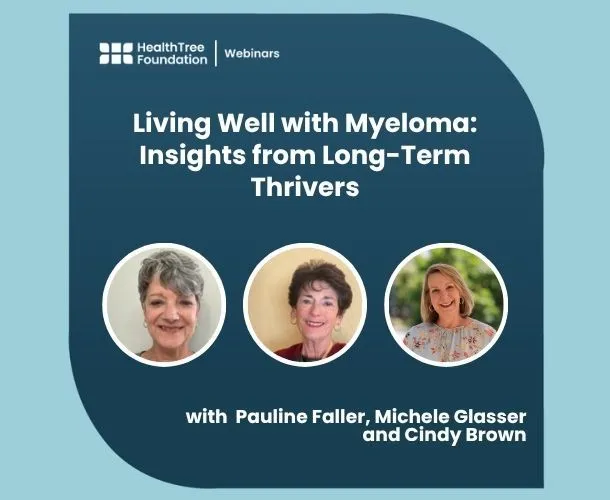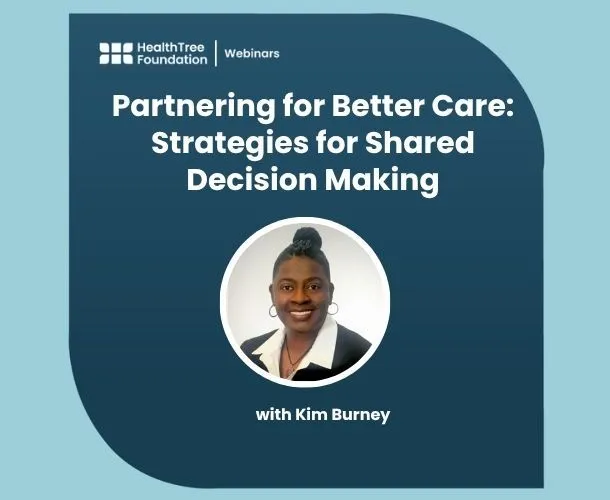Myeloma Survivorship: The News Is Better Than We Thought

Twice as many American myeloma patients are surviving per year than previous estimates indicated—which were already improving dramatically. Yes, you read that right. Twice as many in this case is an additional 20,000. Living. Breathing. Myeloma patients!
A reading of the myeloma page in the recently released annual National Cancer Institute’s Surveillance, Epidemiology, and End Results Program (NCI SEER) report, the “Bible” of national cancer statistics, leads to no other conclusion. We knew the news was getting dramatically better. But even in our wildest dreams, most observers would not have expected anything like this.
As I wrote last year, NCI SEER statistics estimated approximately 120,000 Americans were living with a myeloma diagnosis in 2017. Based on the trends of the previous years’ increased survival rates, that would have meant an additional 10,000 were living with myeloma each year, or a reasonable estimate of a total of 170,000 by the end of 2022.
That estimate is likely low. Really low.
When this year’s NCI SEER statistics were released, it included data for both 2018 and 2019; instead of the usual yearly data release, something held it up last year. So I would have expected the number of living patients to be around 140,000, reflecting an additional 10,000 for the two years since the last report.
It was double that! There were an additional 40,000 living myeloma patients added in those two years; 100% above expectations. By the end of 2019, an estimated 160,000 Americans were living with myeloma.
That means, if the current trend has held over the past three years, at least 220,000 Americans will be living with myeloma by the end of this year. That is 50,000 more than we would have estimated at this time last year.
Although research and time will ultimately provide the right answers, I’m comfortable enough to go out on a limb that the phenomenal increase in survivorship is directly linked to the increased use of monoclonal antibodies being added to triplets, better survival related to transplant, and a refining understanding of how genetics dictates specific therapies.
Or maybe I should go out on the limb of better and earlier detection, early diagnoses, and patient education. Or it might be a combination of all of the above. But we can still get better and those limbs are only getting stronger.
In the coming years, this number will also continue to rise dramatically when new therapies like CAR T, bispecifics, antibody drug conjugates and therapies that use targets other than BCMA.
If living myeloma patients were represented as trees, then it would be fairly easy to see the forest growing faster than it ever has. But it’s not all good news.
According to research published last year by Rafael Fonseca, MD of the Mayo Clinic, approximately 3,000 of the 32,000 annual newly diagnosed myeloma patients never make it to their first therapy. While the trends are spectacular and give hope to as many as 90% of patients today, we still have a small community that never has the opportunity to use the many tools and information provided by HealthTree for Multiple Myeloma and their physicians.
As we behold the forest of the myeloma community thriving ever more with each passing day, let’s remember that there is still a patch of trees that we must figure out how to nourish. How can we make them healthy and add to the number of myeloma survivors and on put them on a path toward a cure?
Twice as many American myeloma patients are surviving per year than previous estimates indicated—which were already improving dramatically. Yes, you read that right. Twice as many in this case is an additional 20,000. Living. Breathing. Myeloma patients!
A reading of the myeloma page in the recently released annual National Cancer Institute’s Surveillance, Epidemiology, and End Results Program (NCI SEER) report, the “Bible” of national cancer statistics, leads to no other conclusion. We knew the news was getting dramatically better. But even in our wildest dreams, most observers would not have expected anything like this.
As I wrote last year, NCI SEER statistics estimated approximately 120,000 Americans were living with a myeloma diagnosis in 2017. Based on the trends of the previous years’ increased survival rates, that would have meant an additional 10,000 were living with myeloma each year, or a reasonable estimate of a total of 170,000 by the end of 2022.
That estimate is likely low. Really low.
When this year’s NCI SEER statistics were released, it included data for both 2018 and 2019; instead of the usual yearly data release, something held it up last year. So I would have expected the number of living patients to be around 140,000, reflecting an additional 10,000 for the two years since the last report.
It was double that! There were an additional 40,000 living myeloma patients added in those two years; 100% above expectations. By the end of 2019, an estimated 160,000 Americans were living with myeloma.
That means, if the current trend has held over the past three years, at least 220,000 Americans will be living with myeloma by the end of this year. That is 50,000 more than we would have estimated at this time last year.
Although research and time will ultimately provide the right answers, I’m comfortable enough to go out on a limb that the phenomenal increase in survivorship is directly linked to the increased use of monoclonal antibodies being added to triplets, better survival related to transplant, and a refining understanding of how genetics dictates specific therapies.
Or maybe I should go out on the limb of better and earlier detection, early diagnoses, and patient education. Or it might be a combination of all of the above. But we can still get better and those limbs are only getting stronger.
In the coming years, this number will also continue to rise dramatically when new therapies like CAR T, bispecifics, antibody drug conjugates and therapies that use targets other than BCMA.
If living myeloma patients were represented as trees, then it would be fairly easy to see the forest growing faster than it ever has. But it’s not all good news.
According to research published last year by Rafael Fonseca, MD of the Mayo Clinic, approximately 3,000 of the 32,000 annual newly diagnosed myeloma patients never make it to their first therapy. While the trends are spectacular and give hope to as many as 90% of patients today, we still have a small community that never has the opportunity to use the many tools and information provided by HealthTree for Multiple Myeloma and their physicians.
As we behold the forest of the myeloma community thriving ever more with each passing day, let’s remember that there is still a patch of trees that we must figure out how to nourish. How can we make them healthy and add to the number of myeloma survivors and on put them on a path toward a cure?

about the author
Greg Brozeit
Greg Brozeit has been with the HealthTree Foundation since 2015 when he began volunteering for the Myeloma Crowd. Prior to that he worked with Dr. Bart Barlogie and the International Myeloma Foundation, inaugurating many myeloma patient advocacy and education programs.
More on Navigating Your Health
Trending Articles




Get the Latest Multiple Myeloma Updates, Delivered to You.
By subscribing to the HealthTree newsletter, you'll receive the latest research, treatment updates, and expert insights to help you navigate your health.
Together we care.
Together we cure.
3x Faster.













